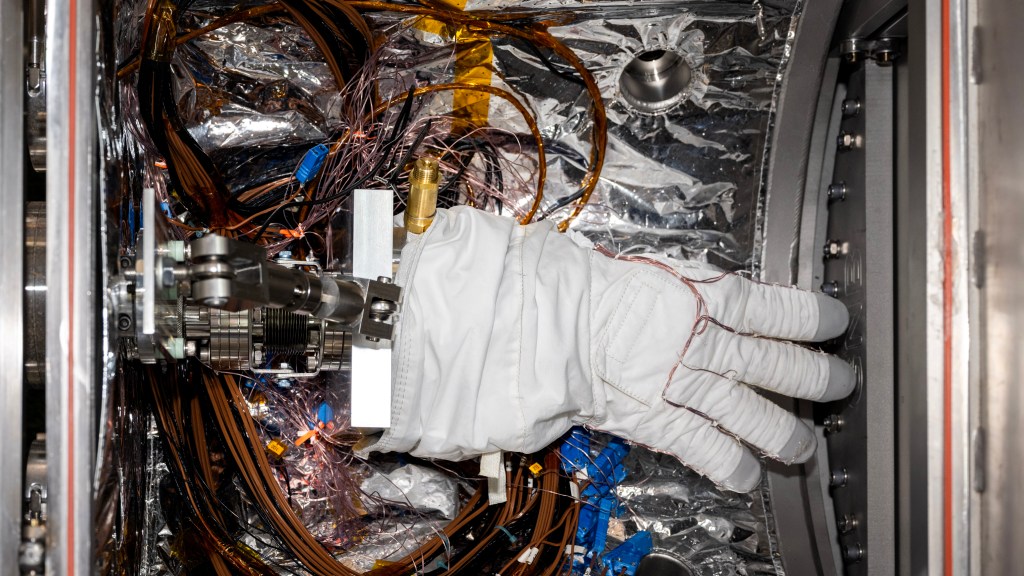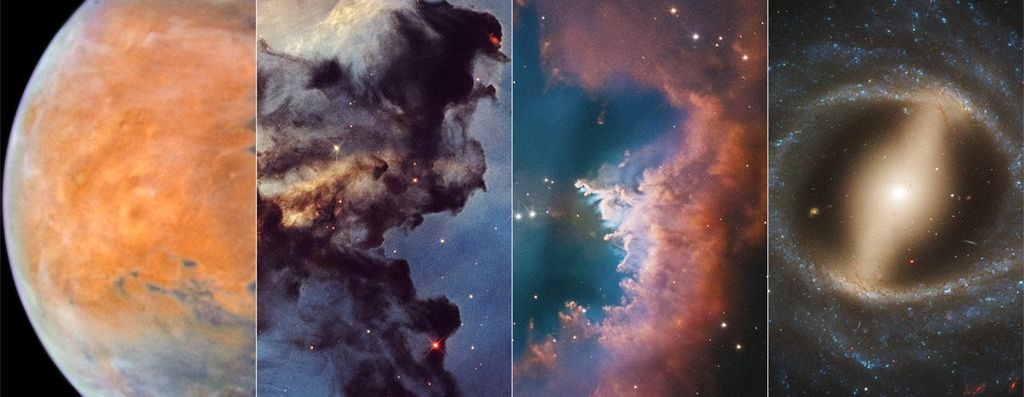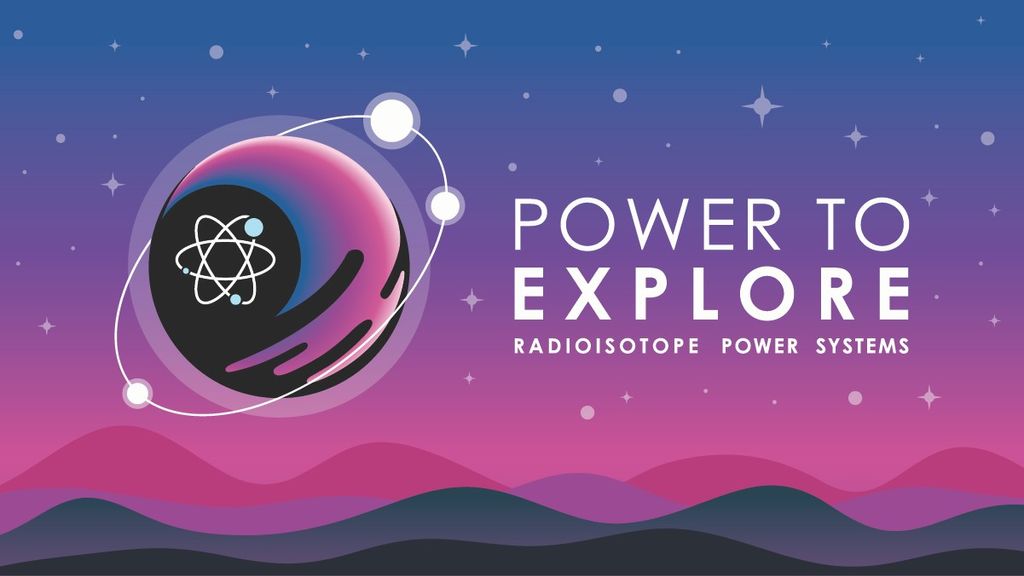Highlighted are 12 new planet candidates from the seventh Kepler planet candidate catalog that are less than twice the size of Earth and orbit in the stars’ habitable zone—the range of distances from a star where liquid water could exist on the surface of an orbiting planet. The dark green area represents an optimistic estimate for the habitable zone, while the light green area represents a more conservative estimate for the habitable zone. The candidates are plotted as a function of the star’s surface temperate on the vertical axis and by the amount of energy the planet candidate receives by its host star. Open yellow circles show new planet candidates in the seventh catalog. Open blue circles show candidates from previous catalogs. Filled-in circles represent candidates that have been confirmed as planets due to follow-up observations. Note that the new candidates tend to be around stars more similar to the sun, representing progress in finding planets that are similar to the Earth in size and temperature that orbit sun-like stars.
Credit: NASA Ames/W. Stenzel


























